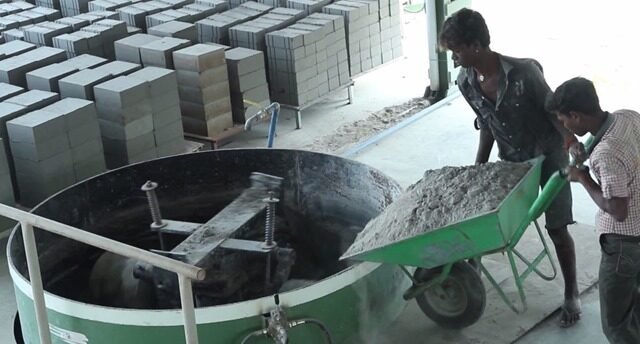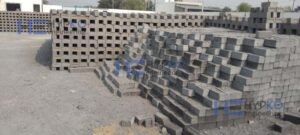Fly ash bricks are an Eco-friendly alternative to traditional clay bricks. They are made from a mixture of fly ash, cement, sand, and water, which is compressed at high pressure to form a solid brick. These bricks are gaining popularity due to their low cost, high durability, and excellent thermal insulation properties. This article will provide a comprehensive guide to fly ash bricks, including their size, mix ratio, compressive strength, weight, and properties.
Size of Fly Ash Bricks:
Fly ash bricks come in various sizes, ranging from standard bricks to larger blocks. The most common sizes are 230mm x 110mm x 70mm (standard brick) and 230mm x 110mm x 30mm (half brick). However, the size of the brick may vary depending on the manufacturer’s requirements and the intended use of the brick.
Mix Ratio:
The mix ratio of fly ash bricks is critical in determining their strength and durability. The recommended mix ratio is 1:1:6 (cement:fly ash:sand). However, the mix ratio may vary depending on the quality of the raw materials used and the manufacturing process. It is essential to ensure that the mix ratio is correct to produce high-quality fly ash bricks.
Compressive Strength:
The compressive strength of fly ash bricks is an essential factor to consider when selecting the appropriate brick for a construction project. The compressive strength of fly ash bricks is determined by testing the bricks in a compression testing machine. The minimum compressive strength recommended for fly ash bricks is 75 kg/cm2. However, some manufacturers produce bricks with a compressive strength of up to 100 kg/cm2 or more.
Weight:
The weight of fly ash bricks is an essential factor to consider when determining the load-bearing capacity of a structure. The weight of a fly ash brick depends on its size and the mix ratio used in its production. On average, a standard fly ash brick weighs between 2.8 kg to 3.3 kg. However, larger blocks may weigh up to 10 kg or more.
Properties of Fly Ash Bricks:
Fly ash bricks have several properties that make them an attractive alternative to traditional clay bricks. Some of the key properties of fly ash bricks include:
Durability: Fly ash bricks are highly durable and can withstand harsh weather conditions, making them an ideal choice for outdoor construction projects.
Thermal Insulation: Fly ash bricks have excellent thermal insulation properties, making them ideal for construction projects that require insulation.
Fire Resistance: Fly ash bricks are fire-resistant, making them an ideal choice for buildings that require fire-resistant materials.
Eco-Friendly: Fly ash bricks are made from waste materials, making them an Eco-friendly alternative to traditional clay bricks.
Cost-Effective: Fly ash bricks are a cost-effective alternative to traditional clay bricks, making them an ideal choice for construction projects with a limited budget.
Conclusion:
Fly ash bricks are an Eco-friendly and cost-effective alternative to traditional clay bricks. They are made from waste materials and have several properties that make them an attractive choice for construction projects. The size, mix ratio, compressive strength, weight, and properties of fly ash bricks are critical factors to consider when selecting the appropriate brick for a construction project. By understanding these factors, builders can make an informed decision and choose the best fly ash brick for their construction project.



